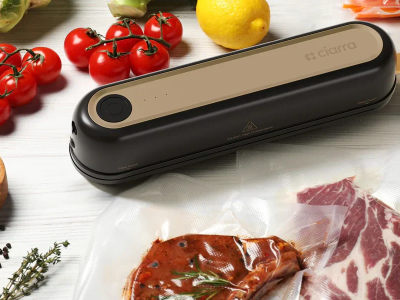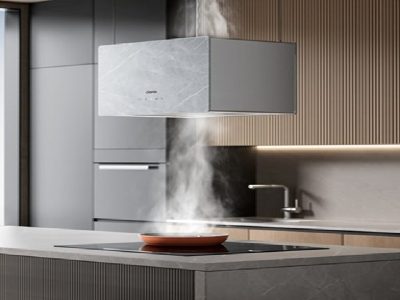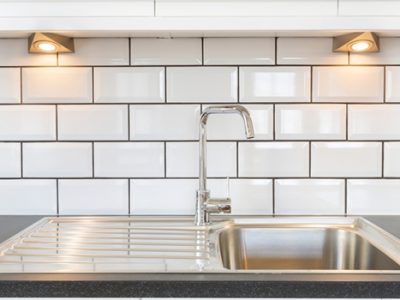When designing or upgrading a modern kitchen, one of the most overlooked yet essential appliances is the range hood. It not only adds a sleek touch above your stove but also plays a vital role in maintaining air quality while you cook. Among the different types available, the ductless range hood has become increasingly popular for its flexibility and ease of installation. But what exactly is a ductless range hood, and how does it differ from traditional vented models? Let’s explore its function, advantages, and whether it’s the right choice for your kitchen setup.
Understanding What a Ductless Range Hood Does
A ductless range hood—sometimes referred to as a recirculating or non-vented hood—works by drawing in air from your cooking area, filtering it, and then releasing the cleaned air back into the kitchen. Unlike vented or ducted hoods, which push air outside through ducts, ductless models rely on charcoal or carbon filters to trap smoke, grease, and odors before recirculating the air.
This makes them a great choice for homes or apartments where installing exterior ducts is not feasible. They can be mounted under cabinets, on walls, or even as part of island setups, offering design flexibility without requiring major remodeling.
How a Ductless Range Hood Works
Inside a ductless range hood, a fan pulls air through a multi-layer filter system. The first layer—usually made of metal or aluminum—captures grease and oil particles. The next layer, typically a charcoal filter, neutralizes smoke and odor molecules. Once filtered, the air is expelled back into your kitchen, leaving it noticeably fresher.
While ductless hoods don’t remove heat or humidity as efficiently as ducted systems, they effectively handle everyday cooking needs such as frying, sautéing, or boiling. Regular filter maintenance is key to ensuring optimal performance—most grease filters can be cleaned, while charcoal filters need to be replaced every few months depending on usage.
Advantages of Choosing a Ductless Range Hood
- Easy Installation
One of the main attractions of a ductless range hood is its simple installation process. Since it doesn’t require an external vent or ductwork, it can be installed almost anywhere. This makes it ideal for renters, apartment dwellers, or older homes without existing ducts. - Cost-Effective Solution
Without the need for external venting, installation costs are significantly lower. Additionally, ductless systems are generally more affordable to purchase and maintain compared to their ducted counterparts. - Energy Efficiency
Ductless range hoods recirculate indoor air instead of exhausting heated or cooled air outdoors. This helps maintain indoor temperatures and can slightly reduce your heating or cooling costs over time. - Flexible Design Options
Available in various styles—under-cabinet, wall-mounted, or island designs—a range hood of the ductless type can blend seamlessly with any kitchen layout. Some models even feature sleek LED lighting and touch controls for a modern look. - Improved Air Quality
Though they don’t vent outside, ductless range hoods are highly effective at reducing cooking odors and airborne grease when equipped with high-quality filters. They help keep kitchen walls, ceilings, and cabinets cleaner over time.
Things to Consider Before Buying
Before choosing a ductless range hood, consider your cooking habits and kitchen environment. If you frequently cook foods that produce heavy smoke, steam, or strong odors, a ducted hood might be more efficient. However, for light to moderate daily cooking, a ductless option works perfectly.
Also, keep in mind that filter maintenance is non-negotiable. The charcoal filters in a ductless range hood must be replaced regularly to maintain performance. Neglecting filter changes can reduce efficiency and allow odors to linger.
Lastly, consider the hood’s CFM rating (cubic feet per minute), which measures airflow strength. For typical home use, 200–400 CFM is adequate, but larger stoves or more frequent cooking may benefit from higher ratings.
Installation and Maintenance Tips
Installing a ductless range hood can often be done with basic tools. Ensure it’s mounted at the recommended height above your cooktop—usually 24 to 30 inches—to capture smoke effectively. Check the manufacturer’s guide for exact specifications.
For maintenance, clean the grease filter every few weeks and replace the charcoal filter every three to six months. Regular cleaning not only extends the lifespan of your hood but also keeps air quality at its best.
Is a Ductless Range Hood Worth It?
If you want a low-maintenance, flexible, and affordable ventilation solution, the ductless range hood is a fantastic option. It’s especially suitable for small kitchens, apartments, or spaces where installing ducts is impractical. While it may not completely eliminate heat or moisture, it effectively manages everyday cooking fumes and odors—keeping your kitchen cleaner and more comfortable.
In summary, a range hood is a kitchen essential, and choosing between ducted and ductless models depends on your specific needs. For many modern homes, the ductless range hood strikes the perfect balance between functionality, style, and convenience.












Comments